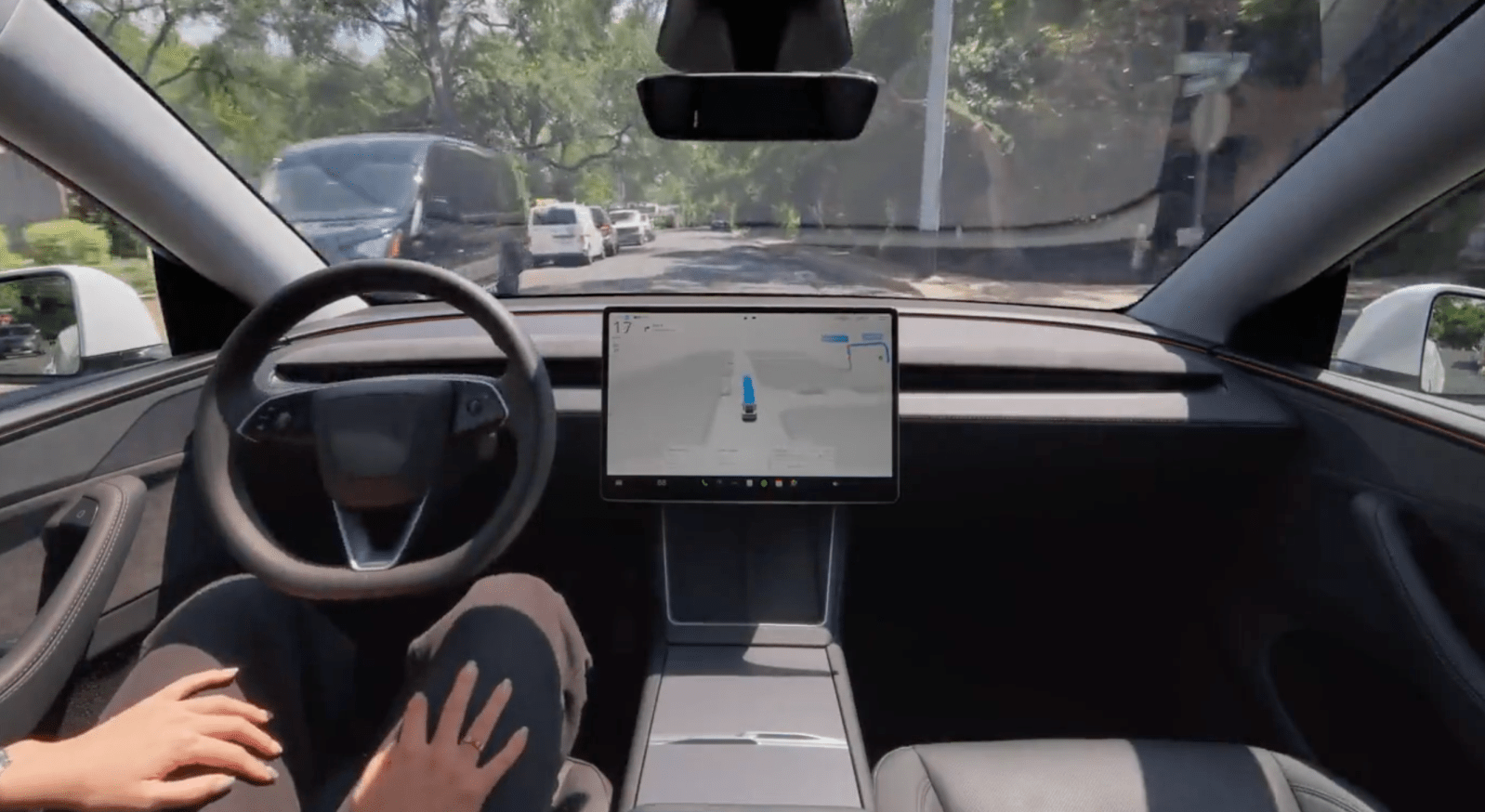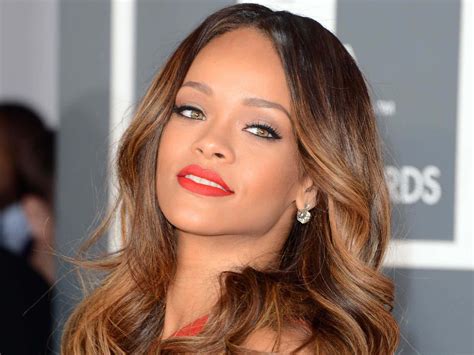Elon Musk announced that he is pushing Tesla to increase its electric vehicle production due to what he anticipates will soon be increased demand for autonomous driving.
Tesla’s production plans have undergone significant changes over the last five years.
The automaker started the decade growing at a roughly 50% annual rate and aimed to produce 20 million cars annually by 2030.
Now, Tesla has a production capacity of less than 3 million vehicles, and it is using roughly only 60% of this capacity due to low demand.
This situation has led Tesla to reconsider its plans for new factories, including its previously announced gigafactory in Mexico.
Today, Tesla released its Q3 financial results, and CEO Elon Musk took the opportunity to announce that the automaker will now increase production:
I feel confident in expanding Tesla’s production. So that is our intent, to expand as quickly as we can our future production. I was reticent to do that until we had clarity on achieving unsupervised full self-driving, but at this point, I feel like we’ve got clarity and it makes sense to expand production as fast as we reasonably can.
The CEO stated that he is “100% confident” that Tesla will solve unsupervised self-driving – a claim he has made every year for the last six years.
Musk said that once people can text inside their cars, demand won’t be an issue:
Here’s the killer app: really, what it comes down to is, “Can you text while you’re in the car?” And if you tell someone, “Yes, the car is now so good you can be on your phone and text the entire time while you’re in the car,” anyone who can buy the car will buy the car. End of story.
He added that the most significant increase in production will come from Cybercab, which he expects will enter production in Q2 2026.
The vehicle lacks a steering wheel and pedals. Therefore, if Tesla doesn’t solve unsupervised self-driving by then, it will be useless.
The CEO reiterated that he expects Tesla to remove the safety monitor from its Robotaxi in Austin, Texas, by the end of the year and release unsupervised FSD in consumer vehicles on the same timeline.
Electrek’s Take
Increasing production based on presumed demand coming from a feature, unsupervised self-driving, that isn’t finished, and that you have been consistently wrong in predicting.
What could possibly go wrong?
Elon always says that “people don’t understand how impactful self-driving will be.” I think they do. He is confusing people not believing his self-driving timelines with people not believing in self-driving.
If Tesla does deliver unsupervised self-driving in HW4 vehicles, I do believe that it will result in a significant increase in demand.
However, I don’t think Tesla is as close as Elon is leading shareholders to believe.
Tesla may or may not remove the safety drivers from its Robotaxis in Austin, but that’s a geo-fenced areas with a bunch of limitations.
Turning on unsupervised self-driving in consumer vehicles and Tesla taking responsibility for the system is an entirely different thing, and the automaker is not ready for it.
But there’s some good that could come out of this. If Tesla increases Model 3 and Model Y production in anticipation of full self-driving, it could result in lower prices.
FTC: We use income earning auto affiliate links. More.




